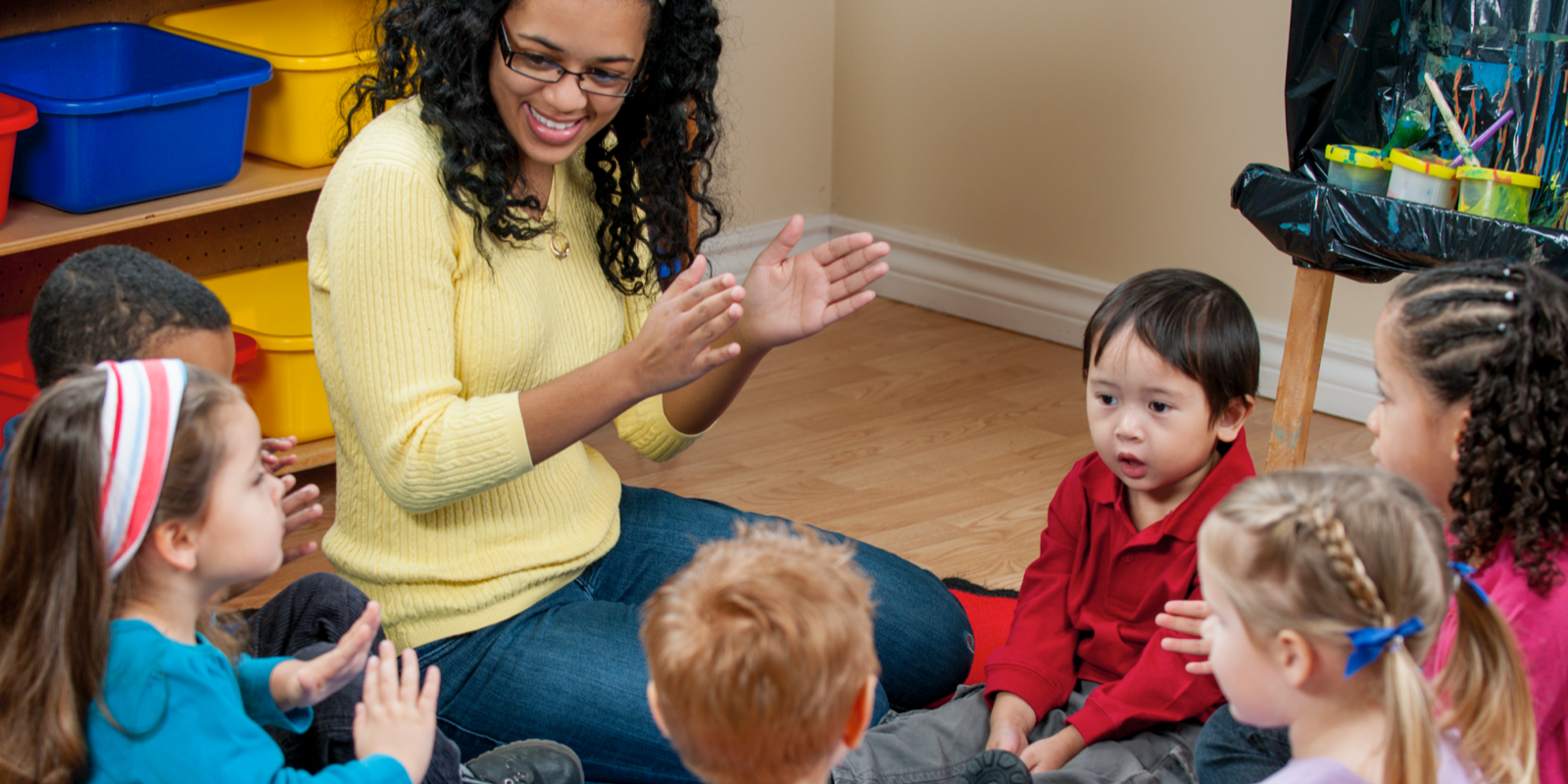Primary Schools

When a Learning Talking therapist works in a primary school, they become a valued part of the SEND team.
Service delivery models vary widely across settings, from working mainly with staff to delivering direct therapy to a caseload of young people with EHCPs. Some schools choose a mixed model, while others adapt their approach over time. Almost always, schools include initial full assessments in their package, which can involve detailed report writing to support understanding, planning and the EHCNA process. When needed, we also refer children to more specialist services, such as NHS CAMHS, for further assessment of neurodevelopmental conditions like Autism and ADHD.
Universal model – aiming to create an environment where all young people and their families are surrounded by those who can facilitate language and communication and prevent negative consequences of language difficulties such as behaviour and mental health decline.
Targeted model – often there are young people for whom language and communication intervention is required. Using assessment information to create interventions, the therapist will train and support school staff to implement therapy programmes. This model allows for large numbers of young people to be supported and staff to be upskilled.
Specialist model – in some cases, a young person with complex speech, language and communication needs may require ongoing direct input from a speech and language therapist. This may comprise a block of 6-12 weekly sessions followed by handing over to school staff or a therapy break. Some schools choose this model for all their young people if there is the resourcing.
